Features of the School
In the School of Mathematics and Physics, we conduct research and education that integrate mathematics, applied mathematics, computational science, and physics. The School of Mathematics and Physics offers two basic programs (from the second year)—Mathematics and Physics—and four advanced programs (from the third year)— Mathematics, Applied Mathematics, Computational Science, and Physics. Fourth-year students participate in small research groups under the guidance of faculty advisors to concentrate on individual research. Students are not limited to research within their programs and are free to choose any research group within the School of Mathematics and Physics. The School of Mathematics and Physics aims to produce highly motivated scientists who can investigate open problems based on their own knowledge of the four research fields.
Introduction
Outline
In the School of Mathematics and Physics, we conduct research and education that integrates mathematics, applied mathematics, computational science, and physics. Our aim is to cultivate highly motivated scientists who will contribute to the further development of these disciplines, pass their knowledge on to the next generation, and be actively involved in various areas through logical thinking and creativity nurtured by mathematics, applied mathematics, computational science, and physics.
The School of Mathematics and Physics offers two basic programs (from the second year)—Mathematics and Physics—and four advanced programs (from the third year)— Mathematics, Applied Mathematics, Computational Science, and Physics. There is no fixed quota limiting the number of students in each program. Advanced program work from the third year on emphasizes specialized education specific to each program, but, since many lessons also form part of other programs, students can learn four broad disciplines deeply and widely and interact with students in other programs. Fourth-year students participate in small research groups to concentrate on individual research. Students are not limited to research within their programs; they are free to choose any research group in the School of Mathematics and Physics they feel will facilitate their investigation into the specific topic they wish to pursue.
Curricula and support systems for teacher certification
By earning credits for specified subjects related to teaching, in addition to the required credits, students can obtain a certificate to become a junior or senior high school teacher. All students in our school are eligible for a Class 1 junior high school teaching certificate (mathematics/science) and a senior high school teaching certificate (mathematics/science/information), regardless of the course.
A wide variety of career paths
Students’ knowledge of basic science opens up many different career paths after graduation: possible careers include production engineer, IT engineer, junior or senior high school teacher, publisher, and researcher.
Our Principles and Goals
We foster the skills required to investigate fundamental questions about our universe, using knowledge gained from mathematics, physics, applied mathematics, and computational science and to master scientific creativity and ways of thinking.
In the School of Mathematics and Physics, we conduct research and education in the four disciplines of mathematics, applied mathematics, computational science, and physics, organized in a comprehensive manner, and aim to train specialists who will contribute to the further development of these disciplines, pass on their knowledge to the next generation, and be actively involved in various areas, thanks to their knowledge of these four disciplines.
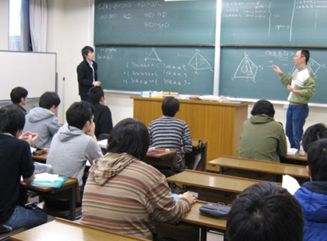
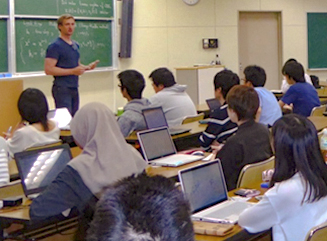
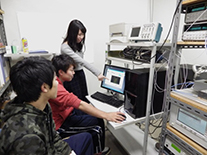
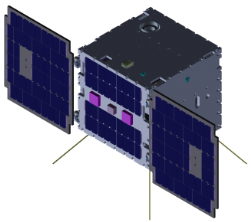
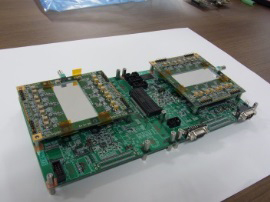
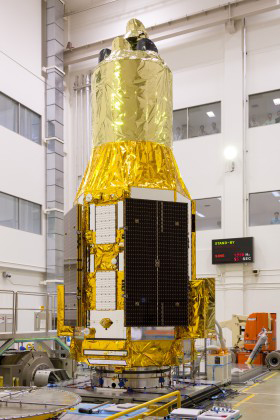
Advanced Program in Mathematics
Investigating the mysteries of the world through the magic of numbers
Mathematics developed as the extension of logical thought and is essential to the description and development of other areas of academic study— the natural as well as the human and social sciences. The Advanced Program in Mathematics gives students the opportunity to master advanced mathematics through a greater focus on logic than on calculation, an approach that differs slightly from how students learn in high school. The Advanced Program in Mathematics helps students develop a deeper understanding of mathematics, along with the ability to think logically, with the goal of fostering the ability to flexibly respond to a wide range of challenges.
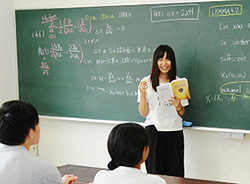
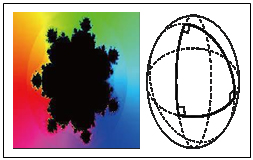
Advanced Program in Applied Mathematics
Fusion of mathematics and computers
The analysis of various problems in the natural sciences using computers is called numerical simulation and involves a field called numerical analysis. In addition, encryption and data compression technologies are indispensable to modern society, and such technologies are supported by various fields of mathematics such as combinatorics and topology. In the Applied Mathematics program, we conduct research in these and other fields. Today, mathematicians are actively participating not only in basic fields such as physics, chemistry, biology, earth science, and astronomy but also in applied fields such as engineering, economics, and mathematical finance.
Graduates of our program continue on to graduate school or become public officers in prefectural offices and city halls, junior high school or high school teachers (mathematics, informatics), or private sector workers, for example, in IT-related and communications companies.
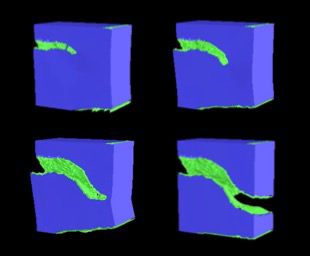
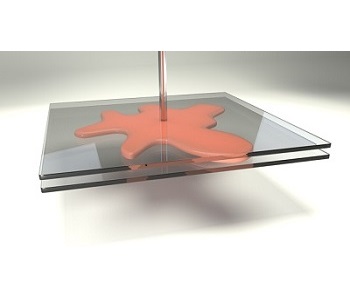
The applied mathematics program
Computational Science Program
New science advanced by computers
The development of computers has led to the emergence of an innovative research method called computer simulation. This method makes it possible to analyze phenomena that could not be adequately investigated previously through real experimental approaches. In the Computational Science program, computer simulation, education, and research are conducted to elucidate various natural phenomena through physics, which is the basis for understanding natural phenomena. By fully adopting computational science, which discovers and solves scientific problems using computers, we investigate principles and laws in various fields of natural science (physics, chemistry, biology, etc.). We conduct education and research in interdisciplinary and diverse fields such as material physics, nanoscience, bioscience, molecular science, and high-performance computing. Research in various fields is in progress, with keywords such as material design, material search, machine learning, and molecular machines.

The computational science program
Advanced Program in Physics
Through physics, you will acquire scientific thinking and problem-solving skills
In the Advanced Program in Physics, students will study physics in depth and acquire the basic skills to cope with the latest research and development. Students will learn basic knowledge through exercises linked to lectures, small-group seminars, and physical experiments conducted in pairs as well as exercises to present and discuss their own thoughts. In the 4th year of physics research, you will belong to one of eight research groups and take part in state of the art physics research with individual guidance. We aim to develop human resources who acquire not only specialized knowledge of physics but also have the ability to independently find problems and solve them and to advance into new fields and unknown areas. Graduates are active in a wide range of fields as professionals with an established scientific foundation.
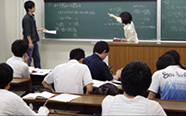
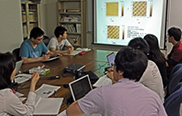
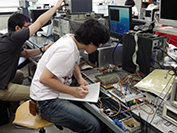
We seek out physics at the limits and explore all the substances in the universe and the principles and laws that govern them
Eight research groups currently belong to the Advanced Program in Physics, with subgroups led by each professor. The research topics cover theoretical and experimental research on a wide-ranging scale, from the ultra-small world of elementary particles to the immense universe. It also examines phenomena in ultra-low temperatures near absolute zero to ultra-high-temperature plasma phenomena. You will also learn about the quantum states of atoms and molecules, nanoscale and nonlinear physics of atomic assemblies, and biophysical phenomena. We are working day and night to establish new theories, analysis methods, and experimental methods for recognizing and observing extreme states and to develop ultra-high precision and ultra-sensitive measurement equipment. We are even researching unknown substances and energy, aiming for a basic understanding and elucidation of all the phenomena caused by the substances and interactions of substances that make up the natural world.


